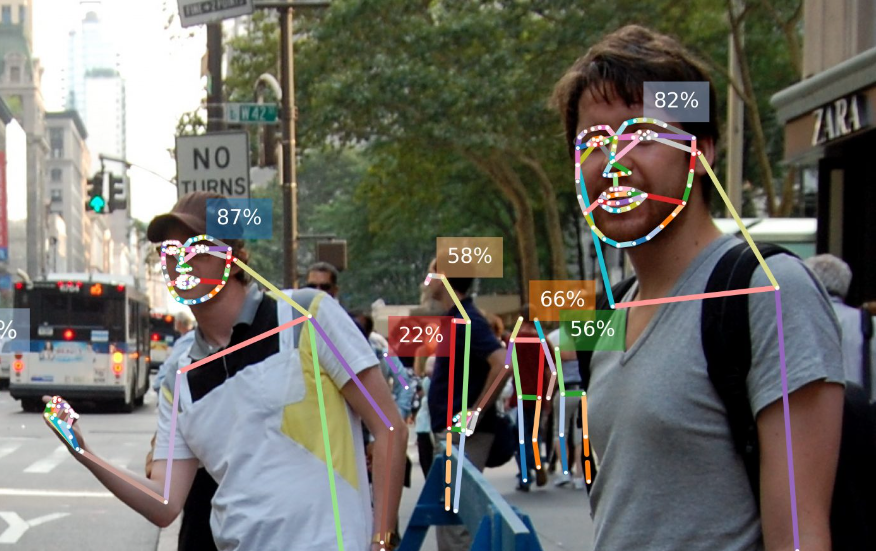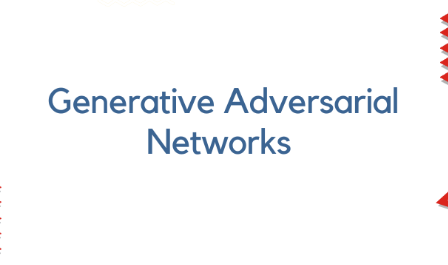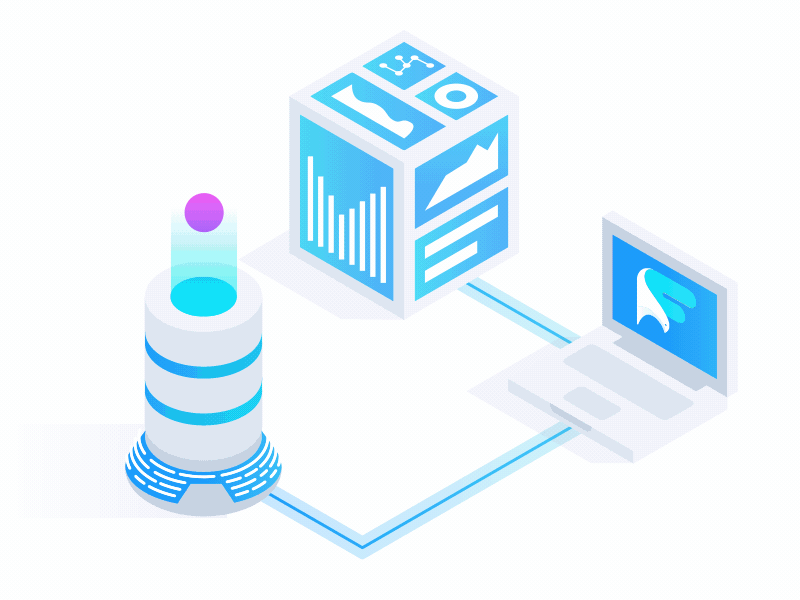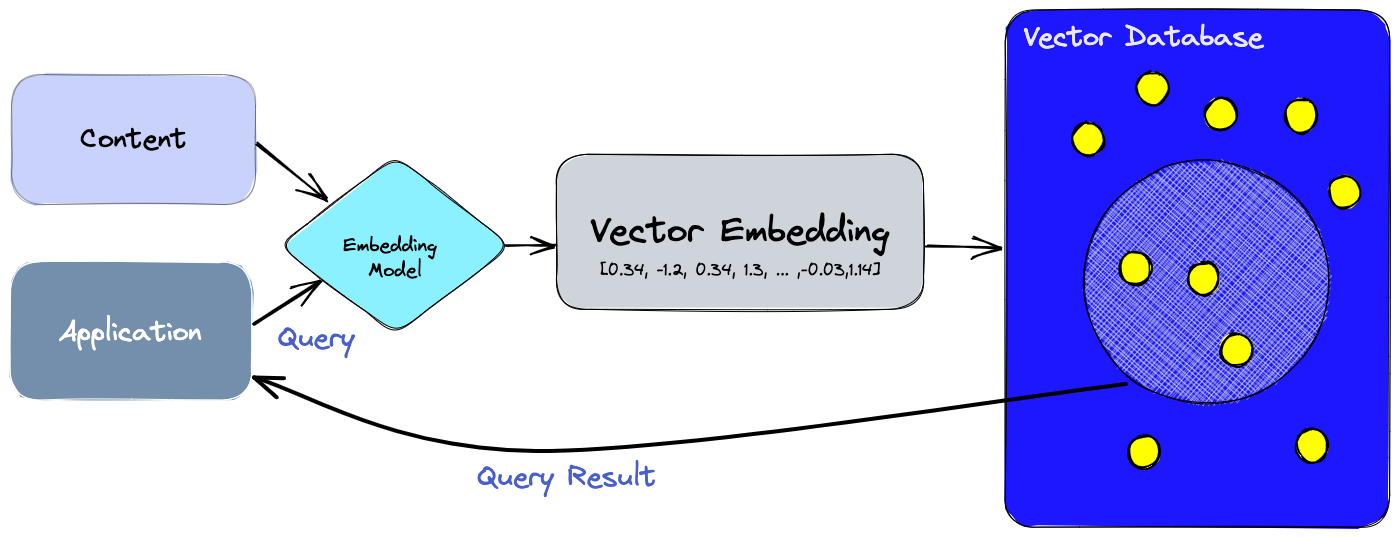
Introduction:
Artificial intelligence (AI) has grown rapidly in both development and use in a world going more and more digital. The creation of personal AI helpers is one of the most fascinating and revolutionary uses of AI. The days of AI being merely science fiction are long gone; it is now a reality!
AI assistants that are able to sense their surroundings and comprehend natural language are Siri and Alexa. To play Spotify, create reminders, and control your smart home, all you need to do is provide a simple voice command.
These digital assistants, such as ChatGPT and Google Bard, have the power to transform our lives and work by giving us new avenues for interacting with technology. Although great, personal comfort is not the only use case for AI helpers. They can easily become a part of your working life, increasing productivity.
A Personal AI assistant: what is it?
A program that makes use of artificial intelligence (AI) technology to comprehend natural language and carry out actions on behalf of the user is referred to as a personal AI assistant, digital personal assistant, or AI personal assistant. Because these assistants rely on written language for communication instead of spoken voice, they are text-based. They are capable of handling a variety of duties, including planning and organizing as well as providing advice and answers to inquiries.
A software program that can react to your voice or text commands is called an AI assistant. You can give commands to accomplish specific tasks, such as sending an email or setting alarms, or you can just converse with the device to retrieve web information.
Thus, when you say, "Hey Siri, set an alarm for 7 am," an artificial intelligence assistant is hearing you and responding accordingly. Say to yourself, "Siri, what's the weather forecast for today?" It recognizes that you're looking for information and gives it to you after verifying certain things.
This conversational capability is enabled by advances in artificial intelligence, such as machine learning and natural language processing. Massive amounts of human language data are ingested by AI assistants, which helps them learn to understand requests instead of just identifying keywords. This makes it possible to provide users with more relevant, need-based contextual responses.
The goal is human-like conversational capabilities, whether it's through smart speakers like Amazon Echo devices, smartphones with Siri or Google Assistant, or business apps like Salesforce Einstein or Fireflies AskFred.
What Aspects of Our Lives and Work are Being Changed by Personal AI Assistants?
AI personal assistants have the power to revolutionize our daily lives and careers. They can assist us in automating repetitive duties at work so that we can concentrate on more difficult and imaginative projects. An AI assistant, for example, can aid with email organization, meeting scheduling, and task list monitoring. These assistants can also assist us in making better decisions and resolving issues more quickly by employing AI to evaluate data and offer insights.
Personal AI assistants can support us in being informed and organized in our daily lives. They can assist us with organizing our days, remind us of crucial assignments and due dates, and even provide recommendations based on our tastes and interests. Regardless of a user's technical proficiency or experience, these assistants facilitate technology interaction by employing natural language understanding.
How Do Virtual Assistants with AI Operate?
An AI assistant uses a combination of several AI technologies to function:
The artificial intelligence assistant can comprehend and interpret human language thanks to natural language processing, or NLP. It includes things like translation, language production, speech recognition, and language understanding.
Machine learning: It enables the AI assistant to pick up knowledge from previous exchanges and gradually enhance its responses.
Voice Recognition: Voice recognition is essential for AI assistants that can be activated by voice. It facilitates the assistant's comprehension and execution of voice orders.
What Is the AI Personal Assistant's Goal?
An AI personal assistant's main goal is to simplify our lives by automating processes and giving us access to fast information. They support in:
Setting calendar events, alarms, and reminders is known as scheduling.
Organizing includes keeping track of to-do lists, emails, and notes.
Communication includes making calls, sending messages, and even writing emails.
Making recommendations that are unique to each user based on their behaviors and interests.
AI Assistant Technologies
The cutting-edge technologies AI assistants use are what give them their charm. With the use of these technologies, they are able to meaningfully comprehend, interpret, and react to human language. Now let's explore these technologies.
1. Artificial intelligence (AI)
The foundation of artificial intelligence (AI) is what drives AI assistants. They can make decisions, comprehend user input, and gain knowledge from their encounters thanks to it. These assistants' ability to give individualized experiences and continuously enhance their effectiveness is made possible by AI.
2. Natural Language Processing
For AI assistants, Natural Language Processing (NLP) is an essential technology. They are able to communicate with users in a natural, human-like manner because of their ability to comprehend and interpret human language. NLP requires a number of tasks, such as:
Speech recognition is the process of translating spoken words into writing.
Natural Language Understanding: Interpreting the text in light of its meaning and context.
Natural language generation is the process of creating text that seems human depending on comprehension.
3. Machine Learning
Another essential technique for AI helpers is machine learning. They can gain knowledge from their exchanges and gradually get better at responding as a result. Large volumes of data may be analyzed using machine learning algorithms, which can then be used to find patterns and forecast future events.
4. Voice Recognition
Voice-activated AI helpers require voice recognition. They can comprehend and react to voice orders thanks to it. Spoken language is translated into text by voice recognition, which the AI assistant then processes.
5. Speech Recognition
Voice recognition includes speech recognition. It entails translating spoken words into written language. The AI assistant then analyzes this text to comprehend the command and offer a suitable reply.
6. Interfaces Based on Text
Text-based AI assistants employ Text-Based Interfaces. They enable text-based communication between users and the AI assistant. These interfaces can be used for a number of tasks, such as content creation, report authoring, and email composing. We'll examine the various AI assistant-using devices in the next section.
Types of artificial intelligence assistants
There are several types of AI assistants, each designed for a particular use case. The most typical kinds consist of:
1. Personal assistants
AI personal assistants with a consumer focus, such as Alexa and Siri, handle daily tasks including calendars, alarms, music, smart home appliances, and internet searches. Over time, they get better in customizing ideas and performance the more they engage with a user.
2. Business assistants
In order to increase worker efficiency and collaboration, these technologies focus on office duties like scheduling, meeting transcribing, data analysis, and report preparation. Additionally, these AI assistant bots are capable of large-scale customer care.
3. AI Sales assistants
AI sales assistants provide sales teams with insights to increase close rates and conversions. Sellers have an advantage because to features like contextual cue cards during calls, lead scoring, pipeline tracking, automatic call recording, and conversation intelligence.
4. Personalized business assistants
Through automation and vertical-specific insights, focused AI technologies designed for industries like healthcare, finance, and law assist optimize workflows relevant to their respective fields.
What distinguishes AI assistants from earlier chatbots?
Previous generations of chatbots, such as ELIZA, followed preset scripts and gave predetermined answers. They were not adaptive; they were unable to comprehend context or have lively discussions.
With today's AI assistants, however, interactions are not limited to basic rule-based interactions; they are constantly learning from human input and adjusting to changing trends.
As a result, AI assistants are more equipped to manage intricate requests, comprehend context, and offer individualized solutions to each user.
Are AI note-takers and AI assistants the same thing?
Although they both interpret verbal information, AI note-takers and assistants have different uses.
With the goal of giving consumers searchable transcripts, meeting notes, and summaries, AI note-takers concentrate on accurately transcribing conversations and meetings. They are quite good at gathering and cataloging information, but they are less active.
By comprehending context, picking up on interactions, and offering individualized support, AI assistants improve results.
While note-takers are excellent at recording meeting minutes, AI assistants actively advance and help with tasks and dialogues.
What justifies the use of an AI assistant?
1. Boosts effectiveness
It is tiresome to juggle all that modern life requires. AI helpers relieve you of tedious tasks, bringing much-needed simplicity into your life. With just a voice command, you can do things like turn off the lights in the house, make reminders, respond to emails, or simply seek up information.
You can spend more of your time on more important things now that you have some free time.
2. Individualization and flexibility
AI assistants learn from your usage and become more proficient with time. Through observation of your own habits and preferences, an AI assistant customizes performance to provide personalized recommendations and self-acting activities.
For instance, after a few weeks, if you regularly ask your smartphone's AI assistant to call your sister on Tuesday nights, it will recommend that you set up a recurrent reminder to ensure you don't forget.
3. Enhanced productivity and organization
Life moves at a fast pace, making it simple to forget crucial information. The ultimate organizational backbone is provided by AI help, which functions as a second brain, connecting, organizing, and processing information so you don't have to remember it all.
Do you have any idea when that major project is due? Request that your virtual assistant remind you one week in advance. Can't recall specifics of an event on your calendar? Consult your helper.
AI reduces mental clutter by handling logistics behind the scenes, allowing you to concentrate on producing excellent work rather than wasting productivity.
4. Use of business software
AI assistants can improve a wide range of company operations, including analytics, marketing, and sales. They are able to identify trends in data that guide the best pricing strategies and inventory distribution. Alternatively, to help you get past your writing blockages, you can use AI writing assistants. There are many usage cases.
As an illustration, fireflies AskFred is capable of gathering data from any of your online encounters, regardless of their age. Can't recall what the company's objectives were addressed at the business meeting for Q4? Simply pose the query. Furthermore, Salesforce Einstein and other helpers find buyer insights that increase lead conversion rates.
Personal AI Assistants in the Future
We are just beginning to see what personal AI assistants are capable of, despite the fact that they have already had a big influence. These assistants will get even smarter, more perceptive, and more helpful as AI technology advances.
Future AI assistants should be able to comprehend and react to increasingly complicated demands, for example, and even predict our requirements before we are aware of them. They should also become increasingly ingrained in our daily lives, helping us with everything from personal finance to health management.
Personal AI assistants will be more than just digital aides in this exciting future; they will be dependable allies that help us navigate a world that is getting more complicated and technologically advanced. And although there's still a lot we don't know about controlling and utilizing these helpers, it's obvious that they have the power to drastically alter the way we live and work.
So, we can anticipate a time where technology is even more individualized, perceptive, and beneficial as we investigate and utilize the opportunities presented by personal AI helpers. We can all look forward to that future.
Conclusion
AI personal assistants are transforming our relationship with technology. They are enhancing customer service, simplifying our lives, and even changing entire industries. Artificial intelligence (AI) virtual assistants are quickly developing AI programs that can converse, comprehend natural language, and aid users in completing tasks. They are being employed in an increasing range of use cases, such as voice assistants, chatbots, and avatars. Virtual assistants' capabilities will grow along with advances in machine learning and language AI. Even though there are still obstacles, there is a lot of opportunity to increase productivity, enhance customer satisfaction, and reduce expenses. AI assistants will proliferate in the future and help us in a growing number of seamless ways in both our personal and professional lives.
navan.ai has a no-code platform - nstudio.navan.ai where users can build computer vision models within minutes without any coding. Developers can sign up for free on nstudio.navan.ai
Want to add Vision AI machine vision to your business? Reach us on https://navan.ai/contact-us for a free consultation.














